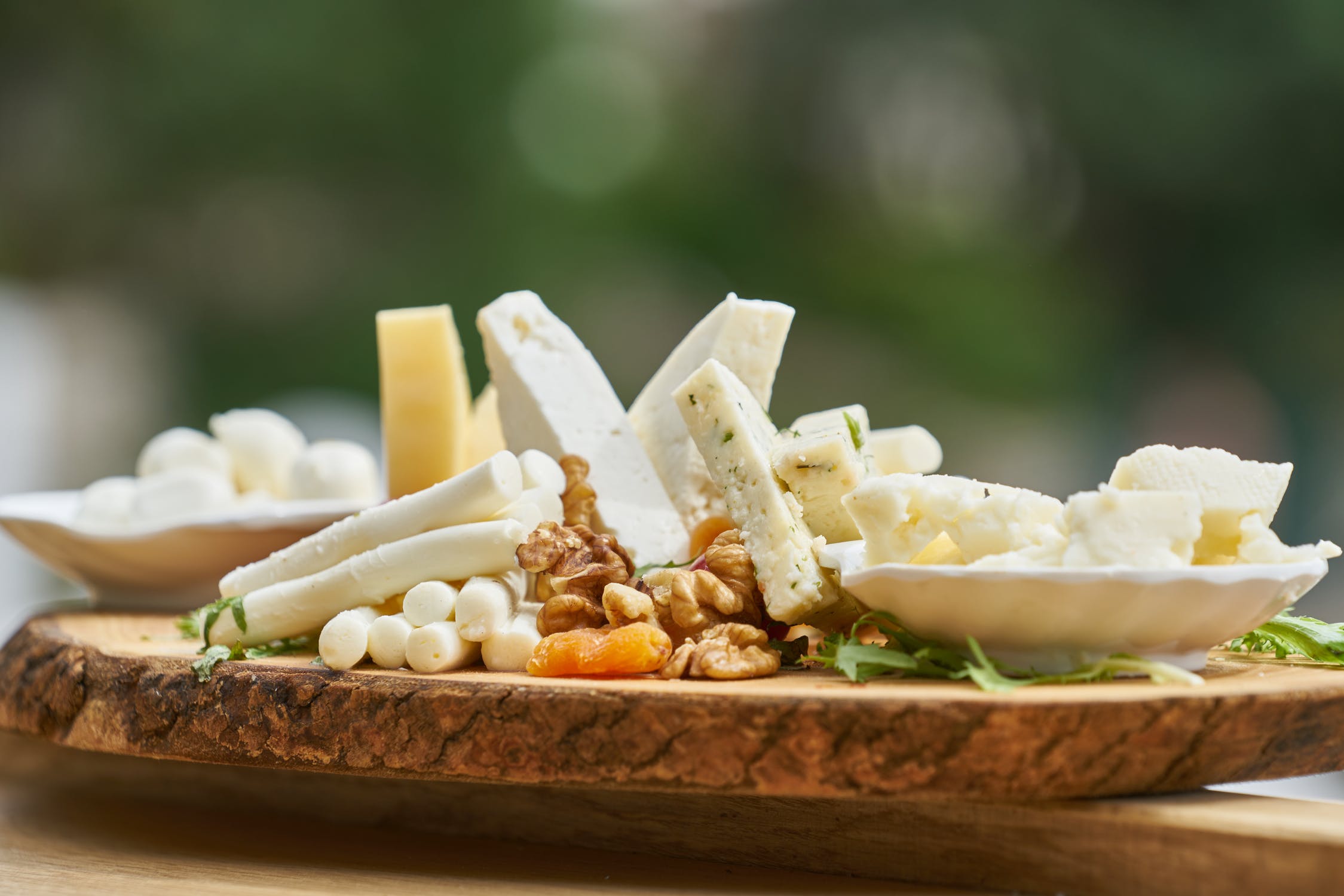Cheeses are among the family of the richest nutritionally content in the world today. And people love to taste from the good works. No other reasons, but to have the full mind of all it takes to be feed with the amazing product. Just like other delivery food and drinks, cheese can be delivered to your doorstep using a reliable source or logistics as the case may be. Often, people whether good or bad, it’s clear that cheese has irrevocably permeated our culture. Still, there’s more out than the beloved staples like cheddar, mozzarella, provolone, and gouda. Here is a guide to more exotic cheeses equally perfect for a new recipe or for adorning a party platter.
Halloumi
This cheese hails from the Greek island of Cyprus and has found popularity with dairy farmers across both the United States and Canada. Noted for its firm texture and extra salty flavoring, halloumi is often compared to feta cheese, though it’s a bit firmer. Halloumi is traditionally never eaten alone, as its best used to enhance other dishes. Use the cheese in place of mozzarella on pizza or a Caprese salad, or try the traditional Cyprian recipe and pair it with watermelon slices. This and others are the type of suitable cheese available at Cheesy Place, all to fit your nutritionally needs, wants and desire to taste the good works of the protein products.
Roquefort
This French variety is often called the “King of Cheeses,” and was instead a favorite of Charlemagne. It calls for or a certain sense of adventure when consuming, as the cheese is made by adding Penicillium roqueforti spores, an actual fungus, to the curds. Still, it’s those spores that give Roquefort its rich and creamy flavors, which, depending upon the cheese’s age, can range from sweet and savory to smoky and salty. Roquefort is used commonly in pasta dishes but is also enjoyed as a dip or with steak or chicken.
Piave
Made from the milk of cows in the mountains surrounding Belluno, Italy, Piave cheese – also known as Piave Vecchio – is heralded for its similarities to Parmigiano. Too many rookie cheese connoisseurs, Piave is only lacking the distinct granularity of Parmigiano. Yet, the actual taste is described as similar to parmesan and gouda, a mix of sweet and smoky flavors that’s exceptionally creamy. As such, it’s a great substitute for lighter summer recipes, namely pasta dishes, especially ravioli, and various salads.
Burrata
This cheese is often suggested as one of the nice alternative to mozzarella and ricotta. However, burrata cheese is far creamier and richer than its counterparts; it’s no surprise, then, that its name means “buttered” in Italian. Mozzarella and burrata may use similar ingredients – namely buffalo milk – but burrata is created differently to emphasize a denser outer shell and a gooier interior. Burrata is used in many of the same recipes as mozzarella, especially pizza and ravioli, but is also featured as a dessert with berries and honey.

